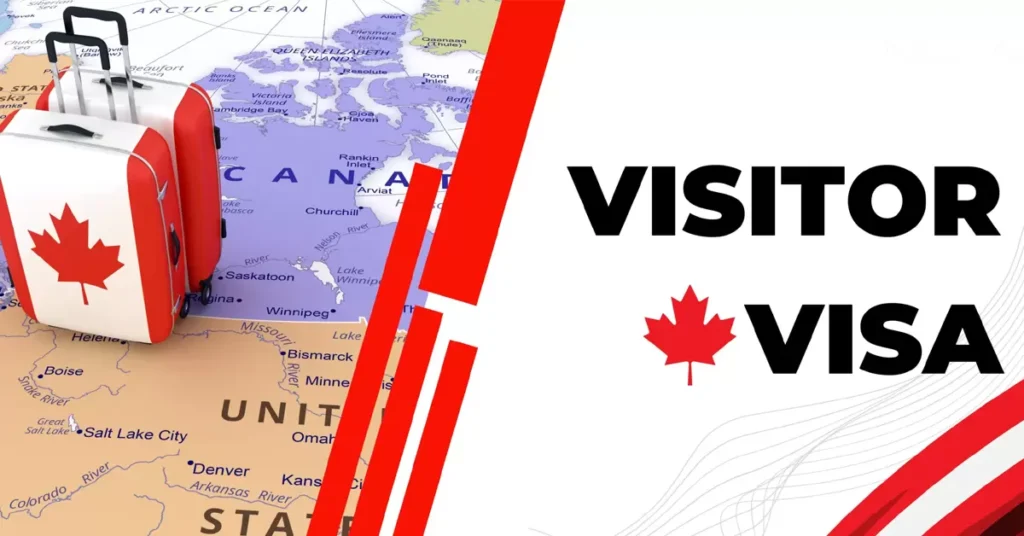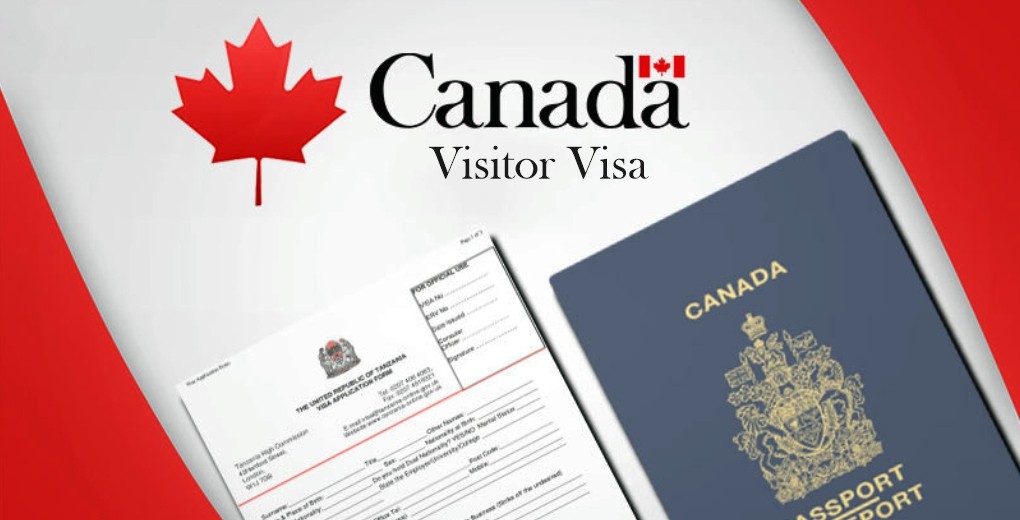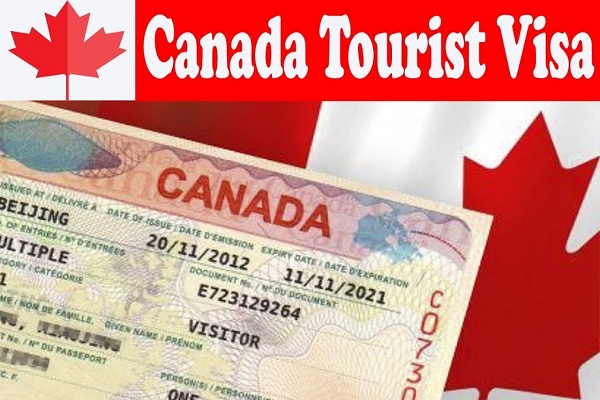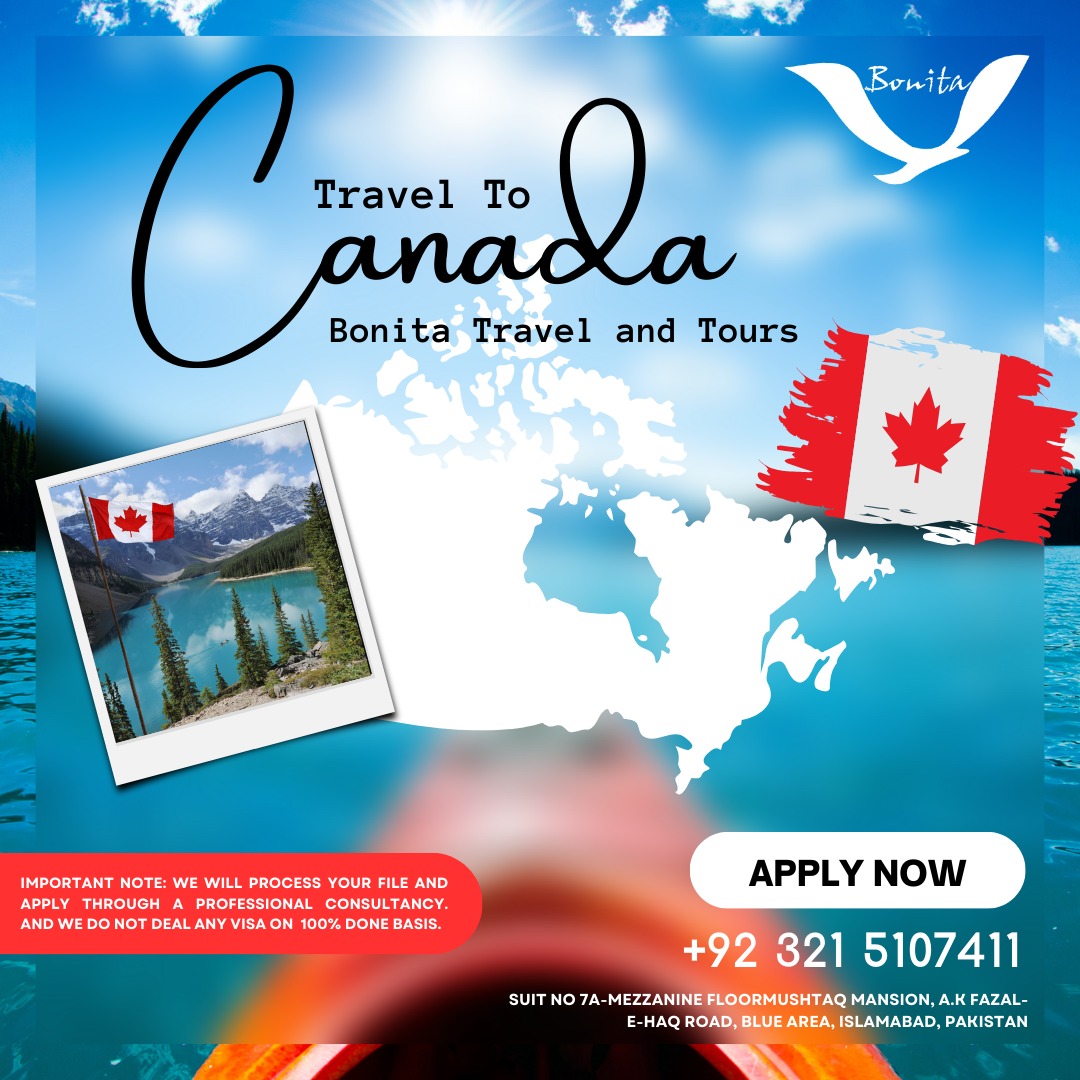Canada, known for its breathtaking landscapes, vibrant cities, and rich cultural heritage, Canada Visit Visa is a dream destination for many travellers. Whether you’re planning a vacation, visiting family, or exploring business opportunities, understanding the Canada Visit Visa process is crucial. This detailed guide will walk you through every aspect of obtaining a Canada Visit Visa, ensuring a smooth and hassle-free experience.

What is a Canada Visit Visa?
A Canada Visit Visa, also known as a Temporary Resident Visa (TRV), is an official document issued by the Canadian government. It allows foreign nationals to enter Canada for a temporary period, typically for tourism, business, or family visits. The visa is affixed to your passport and is a mandatory requirement for citizens of many countries who wish to enter Canada.
Types of Canada Visit Visas
There are several types of Canada Visit Visas, each designed to cater to different needs and purposes. Understanding which type of visa you require is the first step in the application process.
Single-Entry Visa
A Single-Entry Visa allows you to enter Canada only once. After you leave the country, you will need to reapply if you wish to return. This type of visa is ideal for travellers who have a one-time visit planned, such as attending a conference or visiting family for a specific event.
Multiple-Entry Visa
The Multiple-Entry Visa is the most popular option among travellers. It allows you to enter and exit Canada as many times as you like, provided the visa is valid. This visa is ideal for frequent travelers, business professionals, and those who have family in Canada they wish to visit multiple times.
Transit Visa
A Transit Visa is required if you are passing through Canada on your way to another country and will be in Canada for less than 48 hours. Even if you do not intend to leave the airport, a transit visa is mandatory for certain nationalities.

Eligibility Criteria for a Canada Visit Visa
To be eligible for a Canada Visit Visa, applicants must meet specific criteria set by the Canadian government. Understanding these requirements will help you prepare a strong application.
Valid Passport
A valid passport is a primary requirement for a Canada Visit Visa. Your passport must be valid for the duration of your stay in Canada and should have at least one blank page for the visa stamp.
Proof of Financial Support
Applicants must demonstrate that they have sufficient funds to support themselves during their stay in Canada. That may include bank statements, pay stubs, or a letter of support from a host in Canada.
Ties to Your Home Country
To prove that you will return to your home country after your visit, you need to show strong ties, such as employment, family, or property. There is a critical factor in the visa approval process.
No Criminal Record
Applicants with a criminal record may be deemed inadmissible to Canada. You may be required to provide a police clearance certificate to prove that you have no criminal history.
Medical Examination
In some cases, a medical examination may be required, especially if you plan to stay in Canada for more than six months or if you come from a country with a high risk of certain diseases.
How to Apply for a Canada Visit Visa
Applying for a Canada Visit Visa involves several steps, each of which must be completed with care and accuracy.
Step 1: Determine Your Visa Type
Before you begin your application, determine which type of Canada Visit Visa you need. It will dictate the documents you need to prepare and the application form you will fill out.
Step 2: Gather the Required Documents
Prepare all the necessary documents, including:
- A valid passport
- Completed application forms
- Proof of financial support
- Proof of ties to your home country
- Two recent passport-sized photos
- A letter of invitation (if applicable)
- A detailed travel itinerary

Step 3: Submit Your Application
You can submit your application either online or at a Visa Application Centre (VAC). Online applications are generally processed faster and allow you to track the status of your application.
Step 4: Pay the Visa Fee
The visa processing fee must be paid when you submit your application. The fee is non-refundable, even if your application is denied.
Step 5: Attend a Biometrics Appointment
Most applicants are required to provide biometrics (fingerprints and a photo) as part of the application process. You will need to schedule an appointment at a designated biometrics collection point.
Step 6: Wait for Processing
The processing time for a Canada Visit Visa can vary depending on your country of residence and the time of year. It is advisable to apply well in advance of your planned travel date.
Step 7: Receive Your Visa
Once your visa is approved, it will be affixed to your passport. Make sure to check the visa details, including the validity period and the number of entries allowed.
What to Do After Receiving Your Canada Visit Visa
Once you receive your Canada Visit Visa, it’s essential to prepare for your trip by understanding the entry requirements and restrictions.
Check Your Visa Validity
Ensure that your visa is valid for the entire duration of your stay in Canada. The visa’s expiry date is critical, as staying beyond this date can result in severe penalties, including being barred from future entry.
Understand the Conditions of Your Visa
Your visa may come with specific conditions, such as the activities you are allowed to engage in while in Canada. Violating these conditions can lead to your visa being revoked.
Prepare for Border Crossing
At the Canadian border, you will need to present your passport, visa, and possibly other documents like your travel itinerary or proof of financial support. The border officer will have the final say on whether you are allowed to enter Canada.
Common Reasons for Canada Visit Visa Rejection
Visa rejections can be frustrating, but understanding the common reasons for denial can help you avoid making the same mistakes.
Insufficient Financial Proof
One of the most common reasons for visa rejection is the failure to demonstrate sufficient financial means to support your stay in Canada. Ensure that your financial documents are up-to-date and clearly show your ability to fund your trip.
Lack of Strong Ties to Your Home Country
If the visa officer believes that you do not have compelling reasons to return to your home country, your application may be rejected. Highlight your employment, family ties, and other factors that necessitate your return.
Incomplete or Incorrect Application
Submitting an incomplete or incorrect application can lead to immediate rejection. Double-check all forms and documents before submission to ensure they are accurate and complete.
Criminal Record
A criminal record can significantly impact your ability to obtain a Canada Visit Visa. If you have a criminal history, consult with legal experts to explore your options before applying.
Tips for a Successful Canada Visit Visa Application
To increase your chances of obtaining a Canada Visit Visa, consider the following tips:
Apply Early
Visa processing times can be unpredictable, so it’s advisable to apply as early as possible, preferably several months before your intended travel date.
Provide Detailed Documentation
The more detailed your documentation, the better your chances of approval. Include everything from a comprehensive travel itinerary to a letter of invitation if you’re visiting family or friends.
Seek Professional Help if Needed
If you’re unsure about any aspect of the application process, consider seeking professional help from an immigration consultant or lawyer who specializes in Canadian visas.
Conclusion
Obtaining a Canada Visit Visa is a detailed process that requires careful preparation and attention to detail. By understanding the types of visas available, meeting all eligibility criteria, and following the application steps meticulously, you can significantly increase your chances of a successful application. With your visa in hand, you’ll be ready to explore the beauty and diversity that Canada has to offer.



